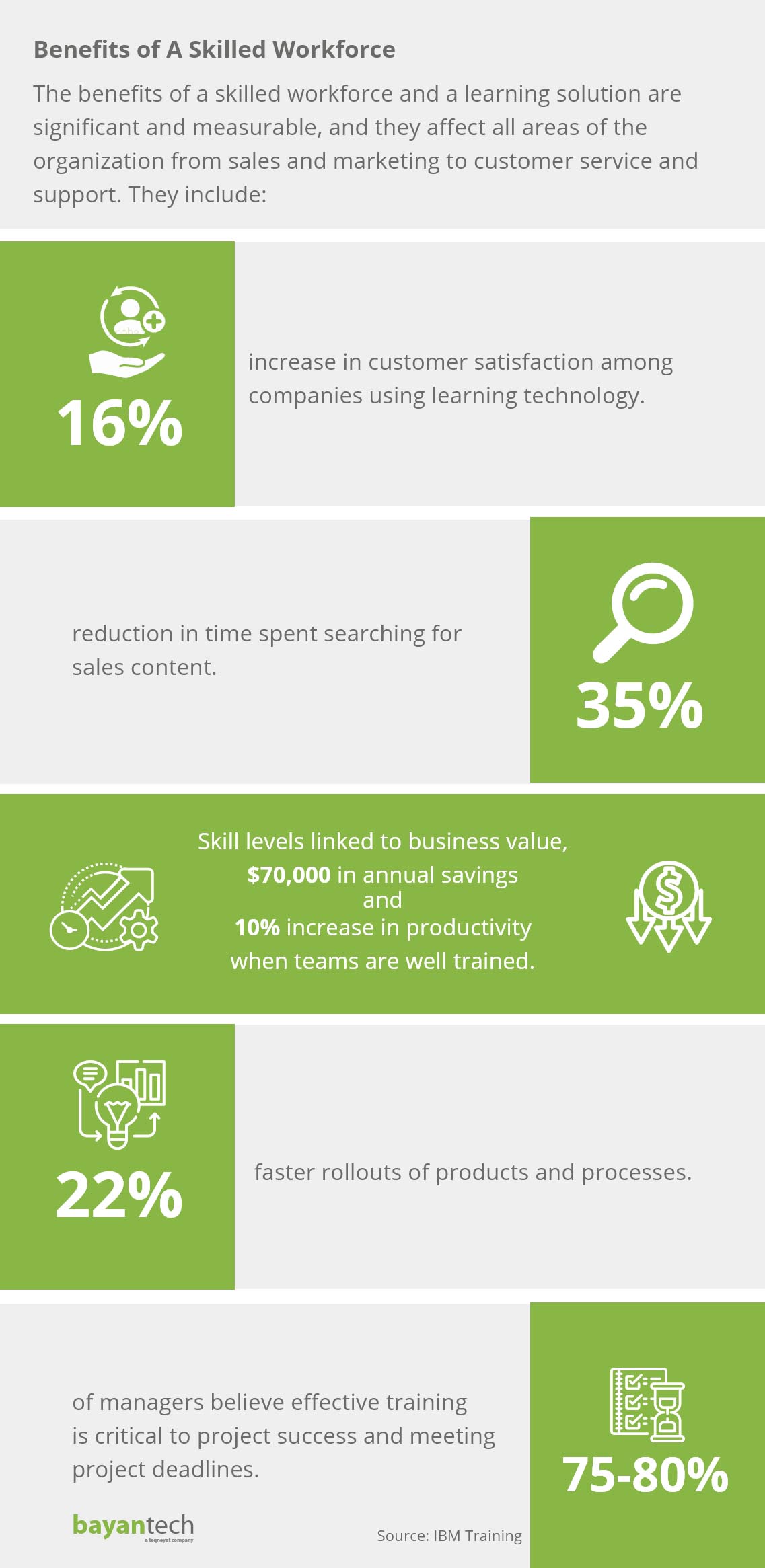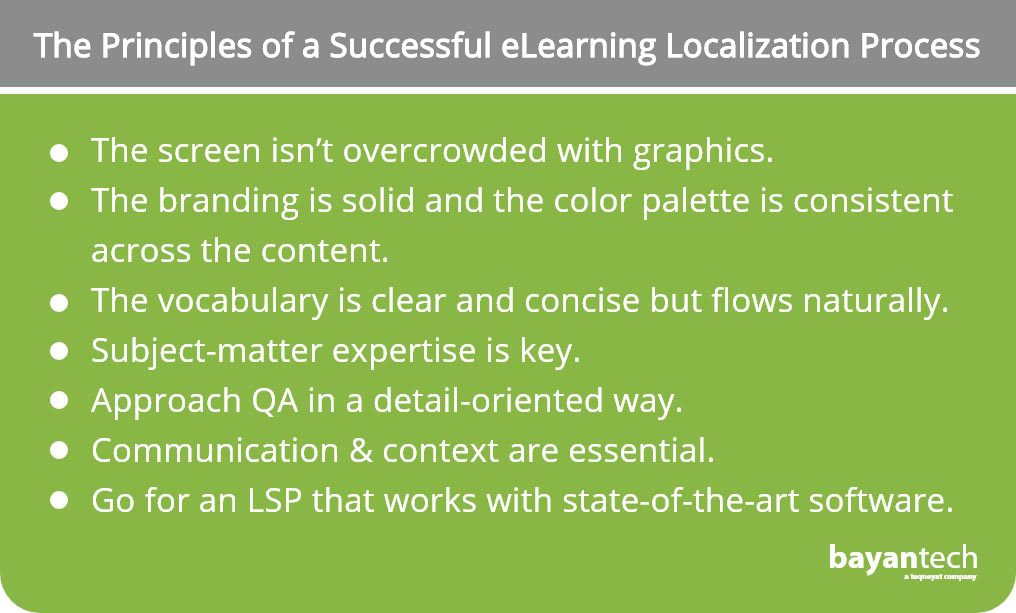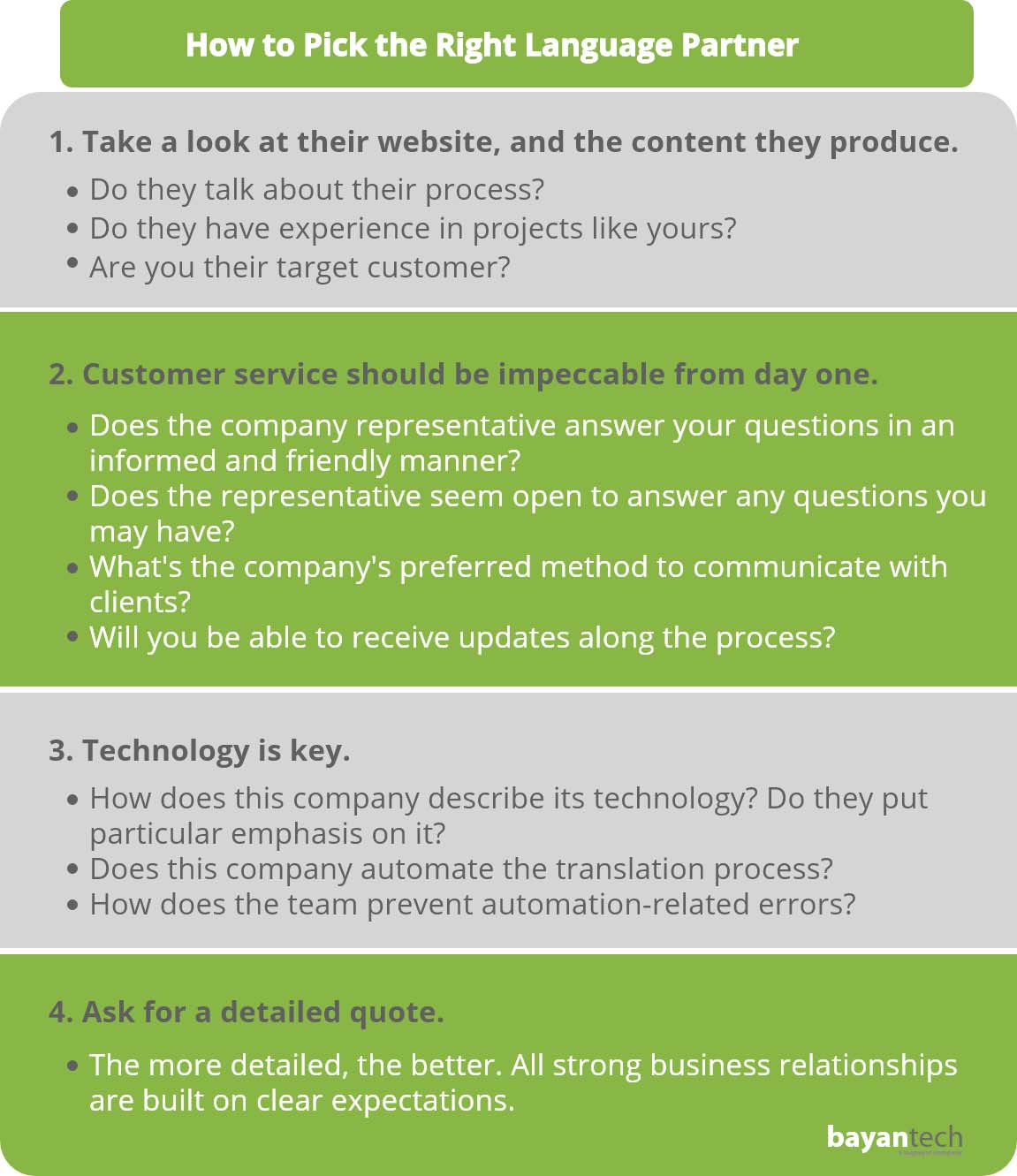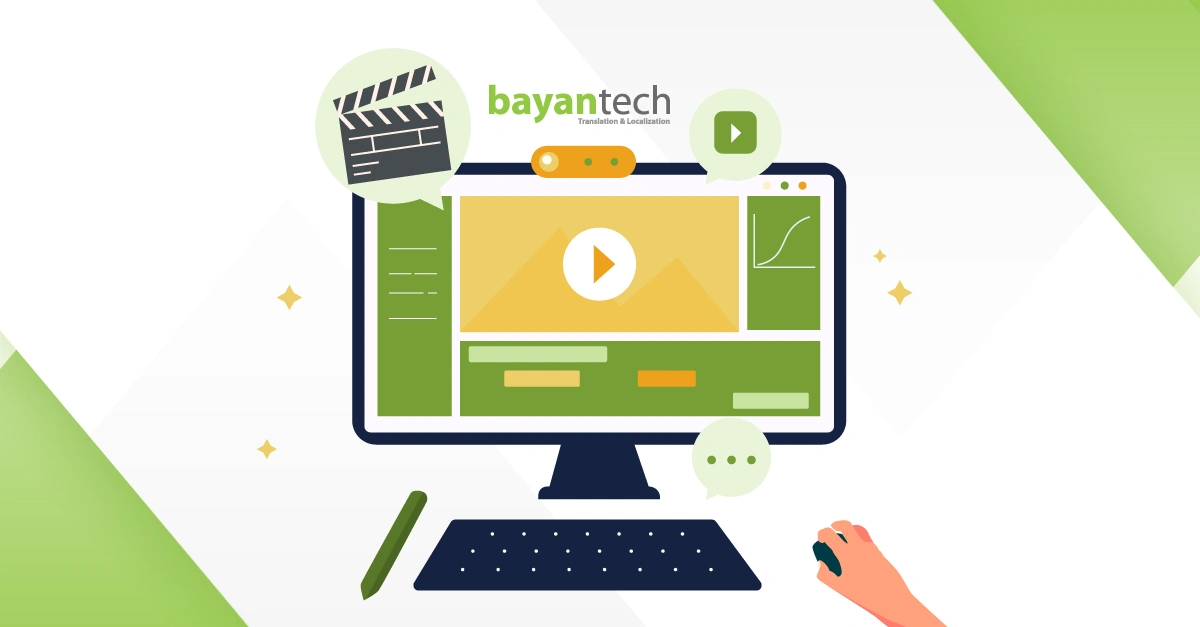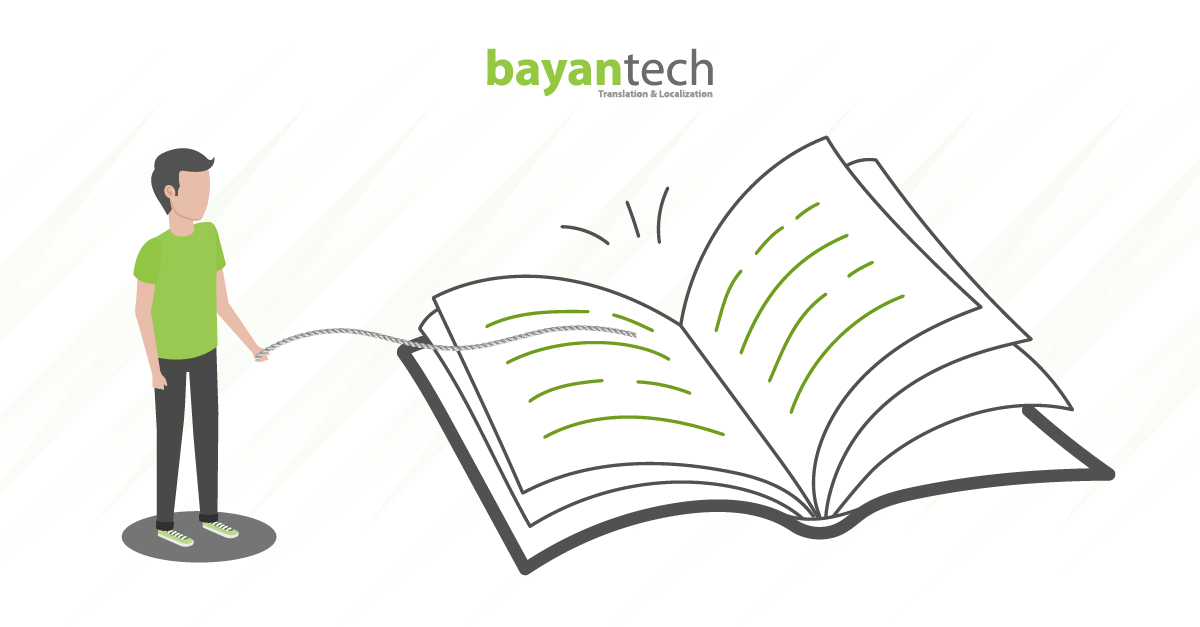Five years ago, the global eLearning industry reached a total market value of over 105 billion US dollars, as reported by Docebo. And that growth tendency has remained steady ever since. eLearning is an extremely promising and heterogeneous industry, with high (and diverse) demand across continents.
MOOCs (Massive Online Open Courses) are making it possible for millions to access learning opportunities that would otherwise be unavailable for them. And online corporate training programs have made it possible for industry giants like IBM to save millions of dollars in training while getting unprecedented results.
Some courses are provided by universities and other “conventional” educational institutions. These courses often come with official certifications. On the other hand, companies, consultants, and individual specialists are also creating their own educational products. And understandably so, since eLearning provides an opportunity for these industry leaders to monetize their expertise while creating a new revenue stream.
While some virtual courses offer discussion forums with supervision from the instructors (or are constantly updated), online courses require less work, on a day to day basis, than providing personalized services. In spite of how light it may be for your day-to-day operations, creating a high-quality eLearning course demands a sustainable initial investment.
There’s no shortage of eLearning tips and strategic advice on how to thrive in the industry. Successfully entering this highly competitive industry isn’t easy. And even established players may find it challenging to scale. If this is your case, maybe it’s time to consider looking for a new target audience outside of your home market. eLearning localization (or eLearning localisation, if you’re in the UK) may be the most sustainable way to grow your business.
Regardless of where you fit in the industry, localizing your eLearning product could be the gateway to incredible growth, making it possible for you to reach a wide, international audience and guaranteeing that your eLearning content creation efforts have a positive ROI in years to come.
In this post, we’ll dive into the eLearning localization process, how it works, and why you should invest in having your eLearning material localized. We’ll also offer a few tips on how to ensure an efficient eLearning localization process, and how to choose the right language partner.
Why you Need eLearning Localization
For starters, we should define localization. The localization process consists of the full adaptation of a product for a new, international audience.
Translation and localization are usually thought of as interchangeable. But that’s incorrect, localization covers far more than language. In the case of an eLearning course, a comprehensive localization process will require a multidimensional approach to the material and the platform it’s on.
For instance, an eLearning localization service provider may have to replace visual elements (icons, graphics, and images) that may be offensive in the target culture, or work with developers to make changes to the eLearning platform and guarantee a quality user experience.
Localization is vital when approaching audiences from different cultures, and when it comes to producing multilingual eLearning content, this becomes even more important. One of the main reasons to localize eLearning is that numberless studies have shown that students learn more when approached in their native language.
Going out of our way, embarking on an eLearning localization process, and fully adapting our material can reap even better results. Aside from preventing misunderstandings, eLearning localization will ensure that every aspect of your course is culturally relevant. From the examples you bring up to illustrate complex concepts, to the images you use to represent your students.
But, how does the eLearning localization process work? What makes or breaks eLearning localization?
A website translation proxy “scrapes” your current content and uploads it to your linguists’ translation tools. After translation, the language team will be able to upload the translated versions of your website straight from their translation management software. Acting as an intermediary, a proxy makes it possible for translators to work on your website’s content while keeping you in full control of it, and without the need for a multilingual Content Management System (CMS).
Translation vendors working with translation proxies will often use technology that will allow them to detect changes to your original website and adapt the translated sites accordingly
The eLearning Localization Process
When you take a look at how to localize eLearning, you’ll find that the eLearning localization process can be organized in numerous steps. For simplicity’s sake, we’ll divide it into four:
1. Strategy and Planning (also known as “Scoping”)
You can’t expand everywhere at the same time. Knowing your target market, setting objectives, and recognizing some potential problem areas isn’t optative. It’s also crucial to prepare the eLearning content you’ll need to localize. That includes support material that may not be part of your core curriculum. Adapting all your material is essential to provide a complete, high-quality experience to your foreign students.
An eLearning translation company can’t do strategy research for you. But, by being involved in this initial step, your language partner will help you isolate and prepare the content that needs localizing, as well as clearly establish your project scope.
2. eLearning Translation & Localization (Production)
Once you and your localization and translation services provider have set the scope for the project, what we may call the core of the eLearning localization process begins.
In the production stage, a multidisciplinary team will take care of all aspects of your eLearning content. They’ll translate your written material into your target language, localize your images, and add subtitles to your audiovisual content. If any changes need to be made to your platform’s user interface, developers and designers will take care of it. This is the longest and more resource-intensive stage in the eLearning localization process.
Sign up to our newsletter to receive the latest blogs and news
3. QA & Testing
Quality assurance and testing don’t constitute a singular, linear procedure. All teams are fallible, so an effective QA & testing stage will probably demand developers, designers, and linguists to go back to the previous step of the process and revaluate creative or technical choices, or make improvements.
For instance, some languages require more space in a layout than others. What can be said in just 20 characters in English may demand 50 characters in Spanish. In these cases, your interface may need to be tweaked for a smoother user experience.
This stage can make or break your eLearning localization process. When evaluating eLearning translation services for your project, it’s wise to ask specifically about QA.
4. Project Delivery
The particulars of this stage may vary depending on several factors, such as your authoring tool of choice and your learning management system’s multilingual features (or lack thereof).
Without client input and real-life testing, the eLearning localization process rarely ends with a completely finished product. After delivering a beta version, the eLearning localization service will receive some extra client input and adjust accordingly. A final version will be produced, applying the client’s insight.
The localization process is rarely a one-off project. Since it’s usually the beginning of a lasting relationship with a new audience, it’s also the beginning of an alliance with a language service provider, as well as other partners that will facilitate your entry to this new market.
It’s worth taking a look at what’s behind a successful eLearning localization process, and how to vet a potential language service provider.
The Principles of a Successful eLearning Localization Process
You may be wondering what good localization work looks like. Good user experience is more than the sum of its parts, but some good signs are that:
- The screen isn’t overcrowded with graphics. There should always be some free space left, not only to accommodate future content but also because negative space is a crucial element of any well-designed layout.
- The branding is solid and the color palette is consistent across the content. The text is always legible, UI elements look the same across screens, and the branding is completely consistent.
- The vocabulary is clear and concise but flows naturally. The result of a professional translation should be a text that reads just like
These results can only be achieved by a professional team. A professional team will bring far more to the table than just a translation. Subject-matter expertise, a comprehensive view of the project, high quality standards, and the technology to make the localization process cost-effective are all traits of a reliable and high-achieving language partner.
Subject-matter expertise is key. When you’re looking for an eLearning services provider it’s essential that you guarantee that their team is composed of experts, both in eLearning and in the subject of your course. This will ensure that there are no shortcomings when it comes to formatting, nor when it comes to subject matter precision. Your new content should be up-to-par with the original.
Your language partner of choice should have a comprehensive view of the project, and be able to cover everything from linguistic adaptation to UI. And, as we mentioned before, they should approach QA in a detail-oriented way, with total willingness to fix mistakes and refine their work.
Communication & context are essential. A language service provider (LSP) should be an active listener that’s willing to ask questions, discuss your project in-depth, and share insights and updates. Ask your LSP how you can help them deliver their best work. It’s a good idea to set up a guideline to create a streamlined workflow. Since there will be a lot of people working on the project, well-defined tasks, and progressive goals will grant a consistent result for your localization process.
Technology isn’t out of the equation either. Investing in the latest translation technology isn’t just a sign of a successful LSP. It’s also a strategy to stay competitive by streamlining processes and minimizing human error. Go for an LSP that works with state-of-the-art software.
But, how can we tell if an LSP has these traits?
How to Pick the Right Language Partner
When you’re looking for the right language partner for your localization project, take a look at the content they produce. Do they talk about their process? Do they seem to have experience working with needs like yours? Always work with a company that has you as their target customer.
Once you start contacting your potential LSPs, be hyper-aware of customer service. As we mentioned before, communication is essential for any project. Customer service is a good indicator, not only of service quality but also of what the general dynamic of the relationship may be. If customer service representatives answer your questions poorly or ghost you, that company should be a no-go for you. Don’t hesitate to ask about communication channels and communication frequency. Localization processes can be lengthy, so you may want to ask for updates along the way. How does the company handle customer relationships?
Focus on native speakers and subject-matter experts. Companies with industry expertise that work with native speakers should be at the top of your list. While someone whose mother tongue is not your target language may be able to deliver incredible results, you can’t go wrong when working with people from your target locale. Not only will they be able to address linguistic challenges, but they’ll also bring insider cultural insight to the table.
You should also ask about technology. What tools will the company use to make your project happen? Do they constantly reinvest in technology? If the company automates its processes, how does it prevent translation errors? Ask about quality assurance practices.
Lastly, request a detailed quote. When it comes to what’s included in the project rate, you and your LSP should be on the same page, since any ambiguity may result in a misunderstanding that harms the relationship.
At bayantech, we deliver comprehensive language services for expanding eLearning businesses. Our team of native language experts works with the latest technology, to guarantee top-quality results that drive business growth. Request a free quote and start growing your business.
Expand the reach of your eLearning courses and training and maximize their impact!


